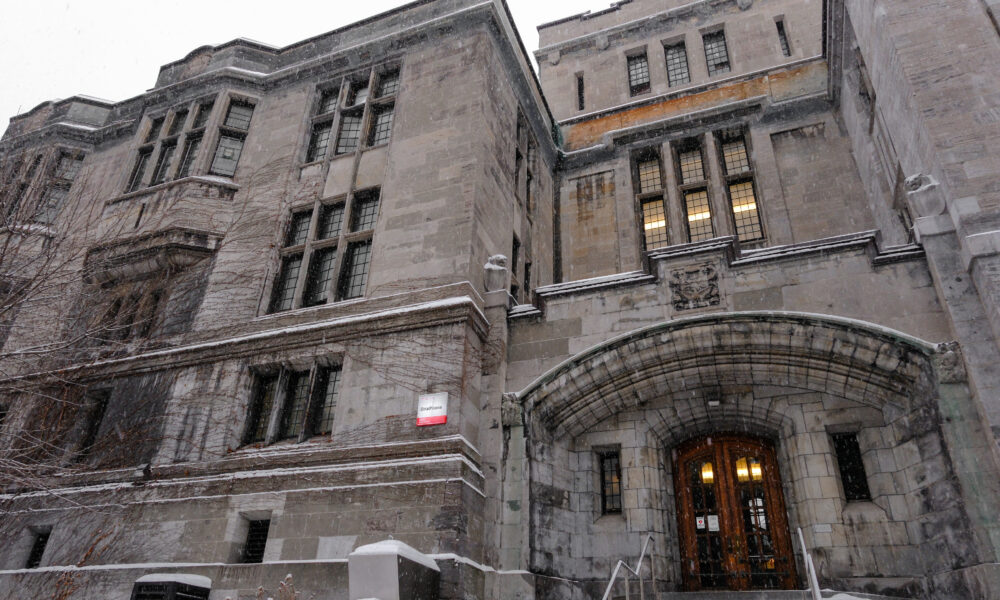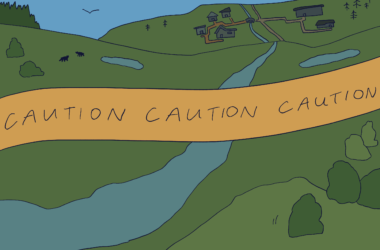Have you ever taken the tunnel from Otto Maass to Burnside to MacDonald Engineering and wondered which dead, old, white men these buildings were named after? Have you picked up a bag of Redpath sugar and wondered if there was any connection with the library? Read on for a deep dive into the colonial and violent histories of some of McGill’s most prominent benefactors.
MacDonald
William Christopher MacDonald, who gave his name to the MacDonald Engineering Building, amassed his wealth in the tobacco industry in the late 19th century. He established a tobacco factory on what is now Rue de la Commune in the 1860s, primarily employing women and adolescents. When the American Civil War broke out in 1863, he exploited the opportunity by purchasing tobacco leaf from the Southern United States, manufacturing tobacco products in Montreal, and reselling them to the Northern states, which were in the midst of a tobacco shortage due to the war.
Redpath
You may recognize the name Redpath from the supermarket aisle, in addition to the McGill Museum and Library buildings. The Redpath family, who financed the latter McGill buildings, also started the Redpath Sugar Company—originally named the Canada Sugar Refining Company—in 1858, which imported sugar cane from the Caribbean and refined it on the banks of the Lachine Canal. Although the Slavery Abolition Act of 1833 had made slavery illegal in British colonies, brutal and exploitative working conditions persisted in the sugar cane industry. Redpath Sugar continues to be a major Canadian company, with its primary refinery based in Toronto.
Burnside
Although technically not someone’s name, Burnside is a building name that cannot be overlooked in the history of McGill as an institution. The present-day building, which houses Mathematics, Geography, and Atmospheric and Oceanic Sciences at the university, draws its name from Burnside Hall, James McGill’s Montreal estate. McGill, who enslaved at least five Black and Indigenous people during his lifetime, left the original bequest of £10,000 that founded the university that now bears his name. After demands from students and vandalism, a statue that depicted McGill was taken down by the administration in 2021. The Tribune has also called for McGill to change its name in light of its founder’s involvement in colonial and racist violence.
Strathcona
The Strathcona Anatomy and Dentistry Building and the Strathcona Music Building both derive their name from Donald Alexander Smith, a Scottish-born businessman who bore the title “First Baron Strathcona and Mount Royal.” Strathcona supplied the funding and land for the anatomy and dentistry building after a fire destroyed the old Faculty of Medicine building in 1907. His laundry list of colonial engagements includes a term as chairman of Burmah Oil Co., which discovered large oil fields in Iran and eventually spawned the famous British Petroleum (BP) company, as well as personally raising and equipping an entire regiment to fight in the Second Boer War in South Africa.
Otto Maass
While Maass, who died in 1961, is more recent than some of the other names on this list, he made his mark as the director of two very different institutions: The Pulp and Paper Research Institute of Canada on the one hand, and the Directorate of Chemical Warfare and Smoke on the other. In his role as Director of the latter organization, he was involved in Canadian biological weapons research in a variety of ways, including the distribution of grant funding for chemical weapons, and serving as a go-between for British and American scientists during World War II. During his career, he worked on multiple other weapons-related projects, including the development of chemicals used for rocket fuel.









